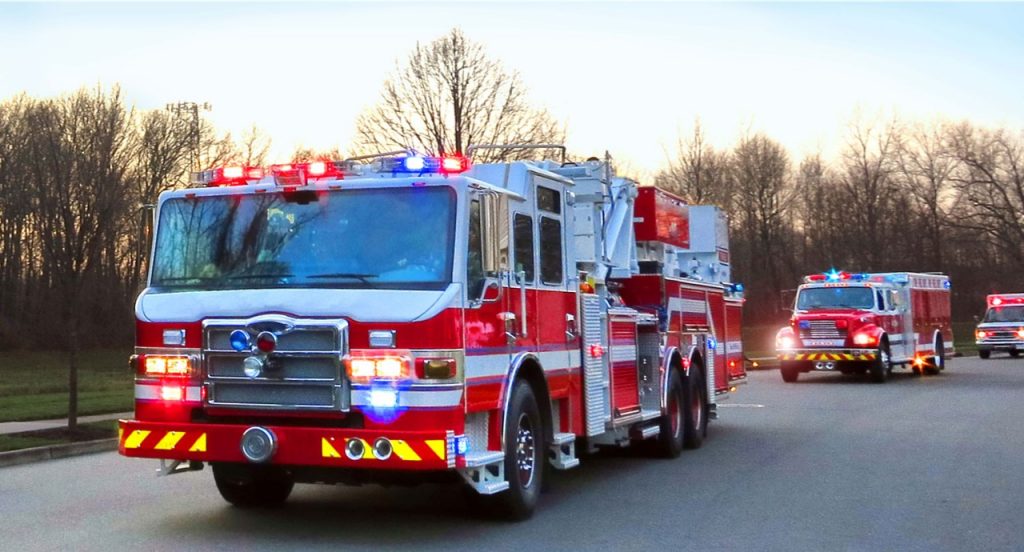
By Jacob Levin
Every two weeks a roadside worker or first responder suffers fatal injuries and hundreds more are injured, according to a recent AAA report. The increased use of automated vehicle technology presents new opportunities to prevent crashes and eliminate fatalities, but the technology also poses risks to the first responder.
A report produced by the Virginia Tech Transportation Institute (VTTI), titled “Law Enforcement, First Responder and Crash Investigation Preparation for Automated Vehicle Technology,” for the Governors Highway Safety Association (GHSA) examines how law enforcement officials, other first responders, and crash scene investigators can better prepare for automated vehicle technology by highlighting curriculum recommendations to improve training on rapidly changing safety protocols.
The project, led by VTTI researcher Tammy Trimble, examines emergency response scenarios that resulted in a curriculum for first responders regarding automated driving systems and advanced driver assistance systems vehicles.
Trimble has personal motivation for ensuring the safety of first responders. Her dad was a volunteer firefighter when she was younger, and her family friend is a full-time paramedic.
“By conducting this research, it’s great to know that I am helping first responders stay safe on the job,” said Trimble, senior research associate for the institute’s division of data and analytics. “Being able to discuss training needs and the uncertainty around these technologies with first responders and work to develop curriculum that can keep them safe and informed on advanced technology vehicles has been a great opportunity.”
In addition to this project, Trimble also co-led a project to collaborate with first responders to identify key operational scenarios that could be affected by the implementation of automated driving systems and advanced driver assistance systems in vehicles.
“The rise of automated vehicle technology creates new opportunities to prevent crashes and accelerate efforts to reach our goal of zero roadway deaths, but this technology also poses new problems for public safety officials,” said GHSA Executive Director Jonathan Adkins.
The VTTI report includes recommended curriculum topics: understanding the differences between and capabilities of vehicles with different technologies, identifying vehicles with automation technologies on the road today, understanding governmental responsibilities regarding vehicle oversight, anticipating future technology deployment, interacting with such vehicles, and understanding and accessing data.
Through the development of curriculum and training programs for these automated technology advancements, Trimble hopes to reduce and eliminate roadside fatalities and injuries as new transportation related technologies are implemented into vehicles.


